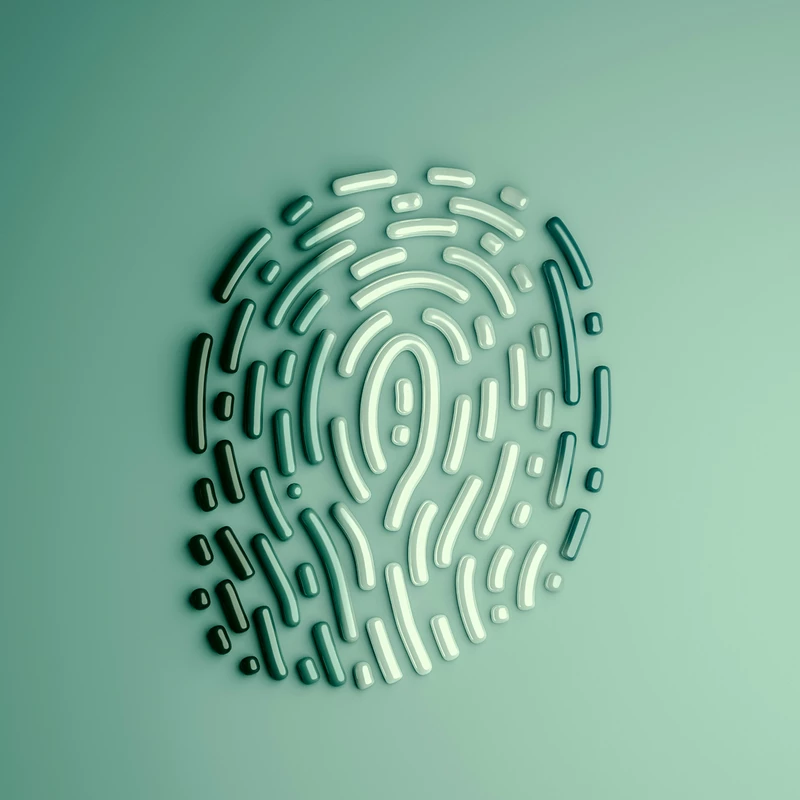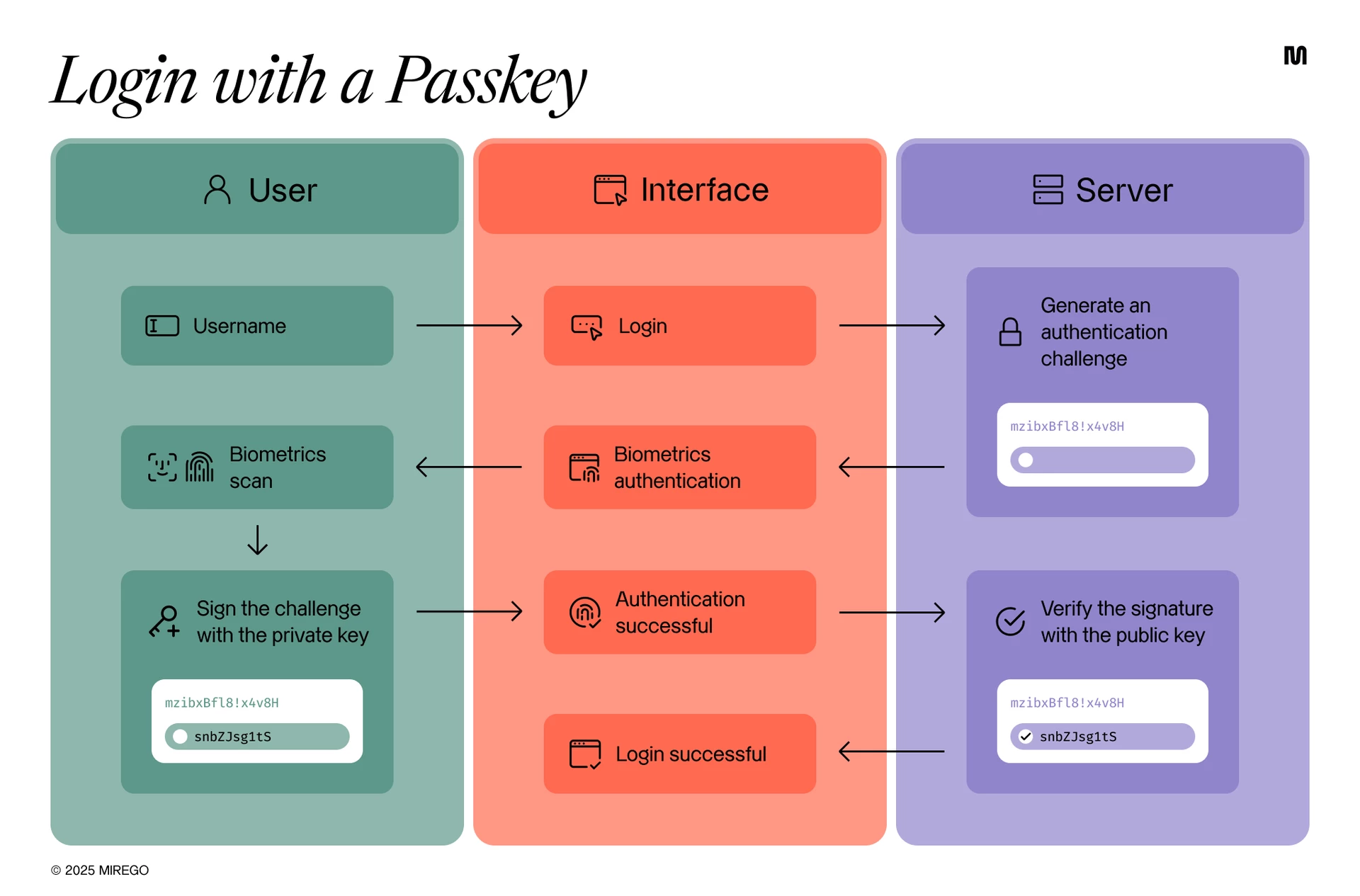- Security
Are we on the verge of saying goodbye to passwords?
August 21 — 2025


In the digital age, where the security of our online interactions has never been more crucial, a concerning reality persists: our authentication infrastructure still relies heavily on technology that is over sixty years old. Passwords, designed in the 1960s for very different computing environments, now struggle to meet modern security challenges.
Passwords show their limitations every day. According to IBM, the average cost of a data breach in 2024 amounts to $4.88 million USD — a 10% increase from the previous year. Faced with this reality, an alternative is emerging and gaining ground: passkeys. This technology doesn't simply propose to improve passwords; it completely replaces them.
The heavy legacy of passwords
To counter growing threats, passwords have been made more complex: minimum length, uppercase letters, symbols, regular changes. The result? The burden on users has increased without truly improving security. Many end up reusing them, writing them down somewhere, or depending entirely on a password manager.
The flaws are numerous: choice of weak passwords, massive reuse, poorly protected server-side storage, interfaces vulnerable to phishing. Not to mention that malicious actors automate their attacks and systematically exploit these human and technical weaknesses.
Passkeys: a paradigm shift
Passkeys mark a fundamental break from the shared secret model. Based on asymmetric cryptography, they use a key pair: the public key is stored on the server, while the private key remains secure on the user's device.
In concrete terms, authentication works through cryptographic signatures. During login, the server sends a random challenge that the user signs with their private key. The server then verifies this signature with the public key. No secret information is ever transmitted or stored server-side.

This approach eliminates several attack vectors:
- Phishing: A passkey only works with the site for which it was created
- Credential stuffing: Each key is unique to a service, making reuse impossible, unlike a user-chosen password
- Keylogging: Nothing to type, keystroke loggers become useless
- Data breaches: Only public keys are stored in databases, nothing to steal
An ecosystem already in place
Passkeys are already well established in several ecosystems. GitHub, Google, Apple ID, and Microsoft Entra ID already natively support this technology. Modern browsers and recent operating systems integrate it by default.
The standard is open and adoption is accelerating. For those who want to explore, the infrastructure is already available.
Challenges to overcome
Despite their undeniable advantages, passkeys face several challenges that slow their mass adoption.

Interoperability remains limited between ecosystems. Using only Apple or Google products, the experience is smooth. But changing devices or platforms still presents challenges.

User journeys often lack clarity. Interfaces offering a passkey are confusing, with login flows still too technical for the general public.

Device dependency raises questions. What happens in case of loss, theft, or failure? Recovery mechanisms exist but remain little known.

Lack of awareness constitutes the main barrier. Technical vocabulary (passkey, FIDO2, WebAuthn) is difficult for users to understand. The experience seems magical, therefore suspicious, while a password seems more tangible.
Toward a password-free future
Foundations are in place to generalize passkeys. The technology is solid, but poorly understood. A dialog box that appears without context or explanation can seem opaque. The key lies in guidance integrated into the interface: micro-content, tooltips, visual feedback at the right moment, etc. It's not enough to deploy the technology; it must be made understandable.
Limitations of passwords are becoming increasingly evident: multiplication of accounts, frequent reuse, persistent vulnerabilities. Despite efforts to strengthen them through complexity, these measures only shift the problem without fundamentally solving it. Passkeys constitute a safer option than passwords, without simplifying the experience: imperfect interoperability, confusing journeys, and device dependency.
This transition toward passwordless authentication is already underway. Organizations that prepare for it today will be better able to protect their customers and their data, while offering a smoother experience. With data breaches averaging millions in costs and undermining confidence, passkey adoption represents a natural step forward in security practices.
